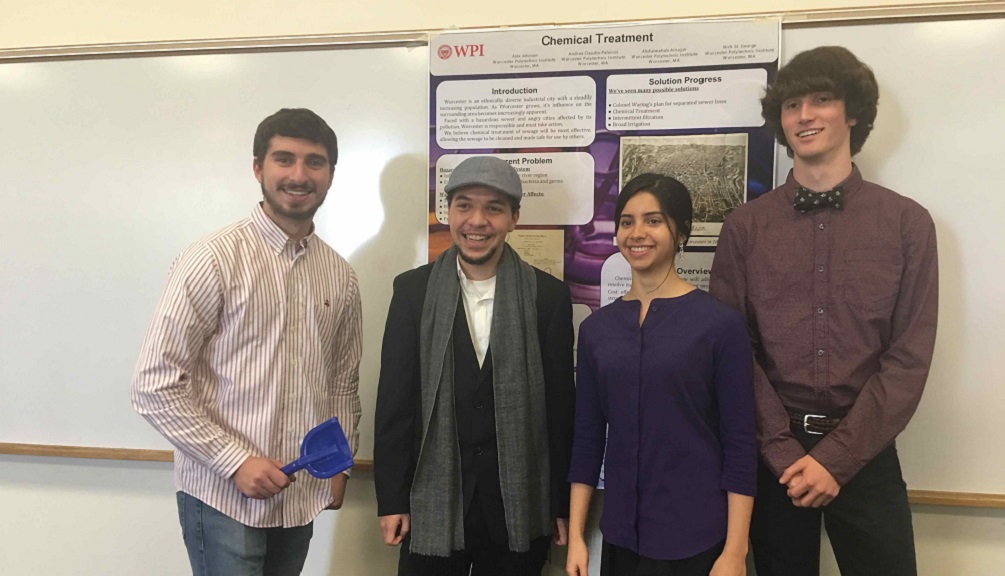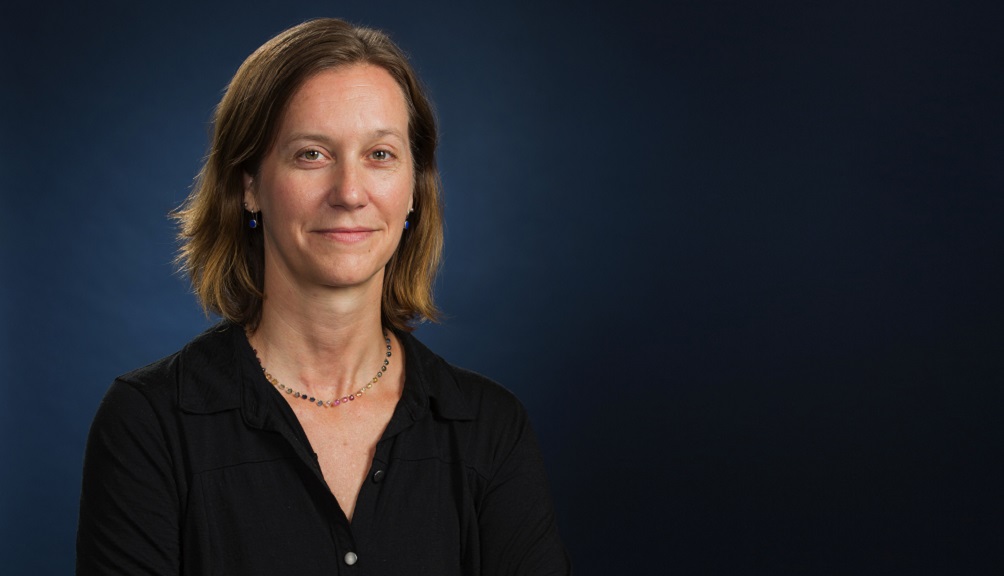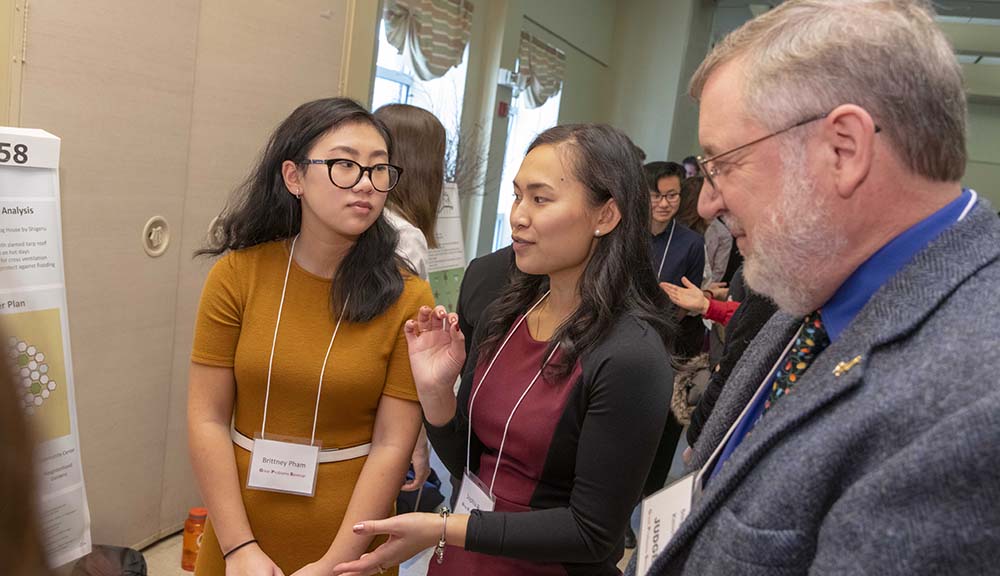
Kristin Boudreau
With its strong project-based learning foundation, when it comes to a standard of integrating more ethics topics into engineering coursework, WPI had a head start.
Project platforms with a collaborative, humanitarian element—such as the IQP—had already somewhat set the stage for this kind of perspective. But for first- and second-year students, especially in STEM fields, there is room for broader, integrated learning. And there was also room to expand students’ knowledge base in other areas that would be applicable in the field of engineering. Technical skills alone are not enough for graduate school, or employment.
Kristin Boudreau, associate dean and humanities and arts professor; and Laura Robinson, a WPI research and instruction librarian, were part of a team that developed a course prototype—centered around a role-playing game—to bring history and research instruction to engineering curriculum. The course development was supported by the WPI Morgan Center for Teaching and Learning and by the Kern Family Foundation Kern Engineering Entrepreneurship Network. This model will also help introduce more ethics themes in future terms.
In a recent report, the National Academy of Engineering recognized the game as one of 25 Exemplary Education Activities and Programs in engineering ethics.
TIME MACHINE

Laura Robinson
Boudreau and Robinson developed the capstone humanities course, “Worcester, 1899.”
In its inaugural term, a dozen students created a game where students could deeply engage in solving real engineering problem from the past: pollution of the Blackstone River. But this game was set up differently than other pedagogical role-play games. Of great value in the process, both women said, was allowing students not only to dig deeper with tools of their chosen profession, but to find those tools themselves.
“[We] gave them instruction on how to find literature,” says Robinson, including more-obscure sources students couldn’t find in a Google search, using technical reports, government documents, and newspapers. They went to the American Antiquarian Society and the Worcester Public Library. Students also learned how to search within specialized databases such as Engineering Village. “They were doing this with enthusiasm. Kris and I realized that there was something key in students seeking information, and getting information-seeking skills they would need to be better students, professionals, and community members.”
“We got them interested in doing the digging, doing an investigation. Instead of giving them the sources, we throw them back on their own research abilities,” which builds information literacy skills, Boudreau says. The data created a structure in which the students explored the role-playing aspect.
The students are then asked to go back in time, looking at a historical problem, such as the Blackstone River pollution, by getting into character. “They present their different points of view, interests in the problem, across differences in race, culture, and ideology,” Boudreau says, and work to create an engineered solution together.
ETHICS LAYER
The ethical aspect of engineering is something students can recognize by knowing that if there is a tech solution to one problem, it can have unintended consequences and cause others, Robinson says. For example she worked with a first-year project team in WPI’s Great Problems Seminar program that was examining hexavalent chromium’s use in leather production while working on their project related to leather production in Paraguay. While hexavalent chromium can dramatically speed up leather production in comparison to traditional tanning methods, the substance can poison wastewater and cause cancer and other serious health conditions. The 1986 fatal Challenger space shuttle disaster is now used as a case study in what can go wrong with engineering safety, poor communication, and groupthink. “It’s the human element that comes into design,” Robinson said of ethics in engineering.
 There is some discussion among STEM educators about whether ethics—required for some engineering school accreditations—should be taught in a separate ethics-focused course or imbedded across the curriculum, she says.
There is some discussion among STEM educators about whether ethics—required for some engineering school accreditations—should be taught in a separate ethics-focused course or imbedded across the curriculum, she says.
Ethics is not about legal issues or design flaws, says Boudreau. Some students may be exposed to ethics in engineering and not even realize it. “The irony of engineering projects is that, if perfectly developed, they can kill people. Napalm was designed to kill people and keep buildings intact,” she says by way of example. “Engineers need to see themselves as autonomous moral agents, see a problem, and say ‘This is the one I want to solve.’”
Up next, ethics and computational literacy subject matter will be added more to the mix, says Boudreau. Eventually, the two women hope teachers in all disciplines can use the game to mesh in any other curriculum. And that it can work in reverse, as well: for instance, history students can learn about STEM fields through this alternative avenue. WPI is running the game model as a two-term, first-year course. The first term carries humanities credit, the second term earns students engineering science credit..
“We’re really bringing humanism and technology together,” Boudreau says. “That’s the new part.”
– BY SUSAN SHALHOUB


